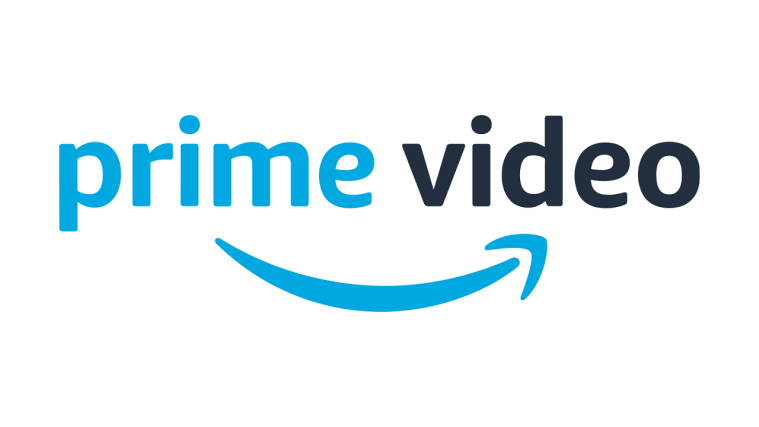Introduction
Amazon Prime Video is a key player in the streaming industry, competing against Netflix, Disney+, and other services. Unlike its competitors, Prime Video benefits from Amazon’s broader ecosystem, making it a unique contender in the space. But what exactly is Amazon’s game plan, and how does it sustain and grow its streaming business? Let’s break it down.
1. The Amazon Prime Ecosystem Advantage
One of Amazon Prime Video’s biggest strengths is its integration with Amazon’s broader Prime membership. Unlike Netflix, which relies solely on subscriptions, Prime Video serves as an added incentive to keep users engaged in the Amazon ecosystem.
Key Benefits:
Bundled Offering: Prime Video is included with Amazon Prime, which also offers free shipping, music streaming, and exclusive deals.
Customer Retention: Amazon leverages Prime Video to keep customers subscribed, encouraging repeat purchases on its e-commerce platform.
Cross-Promotion: Users watching a movie on Prime Video may see product placements and shop directly from Amazon.
2. Hybrid Monetization Strategy
Amazon Prime Video doesn’t rely solely on subscriptions. Instead, it employs a mix of revenue streams that make it financially sustainable.
Revenue Sources:
Subscription Fees: Part of the Amazon Prime membership ($14.99/month or $139/year in the U.S.).
Standalone Prime Video Subscription: Available separately in some countries.
Prime Video Channels: Users can subscribe to HBO, Showtime, and other premium services through Prime Video, generating additional revenue.
Rentals & Digital Purchases: Unlike Netflix, Amazon allows users to rent or buy the latest movies and TV shows.
Advertising Revenue: Amazon recently introduced an ad-supported tier, unlocking a new revenue stream from advertisers.
3. Content Strategy: Originals, Licensing, & Live Sports
Original Content:
Amazon has invested heavily in original series like The Boys, The Marvelous Mrs. Maisel, Reacher, and The Lord of the Rings: The Rings of Power.
The company reportedly spent over $1 billion on The Rings of Power, showcasing its willingness to compete at the highest level.
More focus on high-budget productions rather than frequent content drops like Netflix.
Licensed Content:
Amazon licenses popular movies and TV shows, giving it a vast library.
Unlike Netflix, Amazon doesn’t remove licensed content as frequently, making it a more stable offering.
Live Sports:
Exclusive rights to the NFL’s Thursday Night Football.
Streaming deals for Premier League, Cricket, and Tennis in various regions.
This helps attract sports fans and differentiate Amazon from its competitors.
4. Global Expansion & Market Penetration
Amazon Prime Video is aggressively expanding into international markets, especially in India, Europe, and Latin America.
Key Strategies:
Localized Content: Heavy investment in regional films and TV shows to attract local audiences.
Affordable Pricing: In some markets, Prime Video is priced lower than Netflix to increase adoption.
Mobile-First Approach: Offering mobile-only plans in regions like India to tap into a large smartphone user base.
5. The Future of Amazon Prime Video
Growth Strategies:
AI-Powered Recommendations: Using Amazon’s vast data network to enhance content recommendations.
Interactive Content & Gaming: Experimenting with interactive shows and possible gaming integrations.
More Live Content: Expanding into live news, concerts, and exclusive events to increase engagement.
Challenges:
Competition from Netflix & Disney+: Both companies continue to dominate original content and global expansion.
Balancing Costs & Quality: Maintaining high-quality originals while managing production costs.
Adoption of Ad-Tier Model: Ensuring a smooth transition for users while maximizing ad revenue.
Conclusion
Amazon Prime Video’s business strategy is built on leveraging the Amazon ecosystem, a hybrid revenue model, and aggressive content expansion. Unlike Netflix, which is subscription-focused, Amazon has multiple revenue streams that make Prime Video a long-term contender in the streaming industry.
As competition intensifies, Amazon’s ability to adapt, invest in premium content, and capitalize on its vast customer base will determine its future success.




